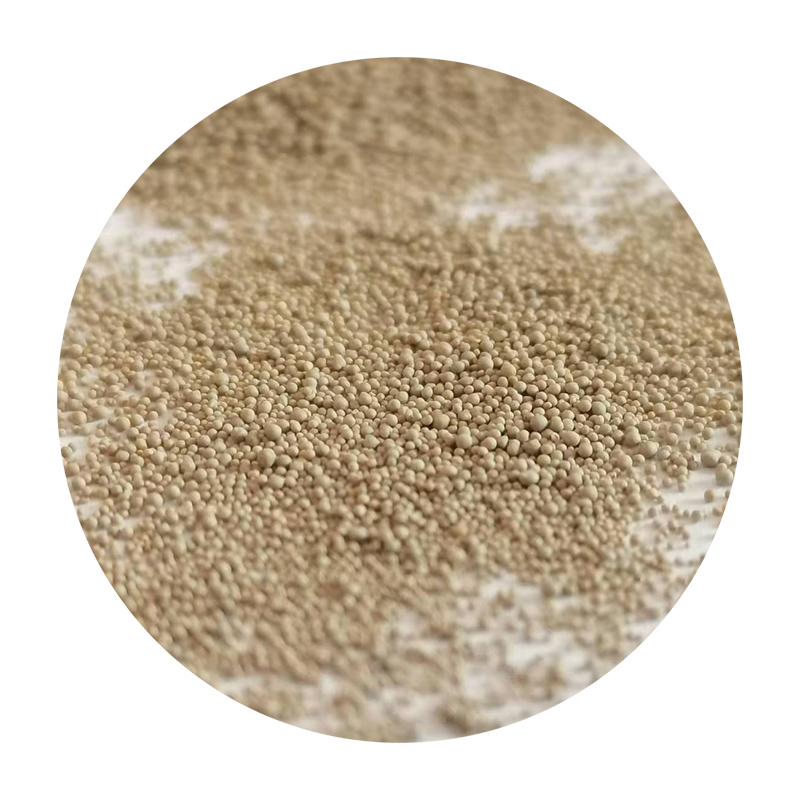Sand for Casting An Essential Material in Metalworking
Sand casting, one of the oldest and most versatile metalworking processes, relies heavily on the use of sand as its primary molding material. With a history dating back to ancient civilizations, this method has stood the test of time due to its cost-effectiveness, simplicity, and ability to create intricate shapes. This article delves into the significance of sand in casting, highlighting its types, properties, and applications in modern manufacturing.
The Basics of Sand Casting
Sand casting involves creating a mold by packing sand around a pattern, which is a replica of the desired product. Once the mold is formed, molten metal is poured into it, solidifying into the shape of the pattern upon cooling. The mold is then broken apart, and the final product is removed. This process enables the production of complex geometries that are often impossible to achieve with other methods.
Types of Sand Used in Casting
The most commonly used type of sand for casting is silica sand, primarily composed of silicon dioxide (SiO₂). Its high melting point and resistance to thermal shock make it an ideal choice for handling molten metals. In addition to silica sand, various additives can be mixed in to enhance certain characteristics. For instance, fine sand improves the surface finish of the casting, while coarse sand allows for better airflow and quicker cooling.
Another significant type of sand is green sand, a mixture of sand, clay, and water. Green sand is widely used due to its ability to retain moisture, which aids in holding the mold shape even under high temperatures. It is often preferred for its ease of use and reusability after the casting process is complete.
sand for casting

Properties of Casting Sand
The effectiveness of sand in casting largely depends on its properties. Key characteristics include grain size, sphericity, and permeability. The grain size of sand affects the resolution of the castings; finer grains yield smoother finishes, while coarser grains are better for larger, simpler shapes. Sphericity refers to the roundness of the sand grains, with more spherical grains providing better packing density and improved mold strength.
Permeability, the ability of air to pass through the sand, is crucial in allowing gases to escape during the pouring of molten metal. If the sand is not permeable enough, gas can become trapped, resulting in casting defects such as bubbles and holes. Therefore, a balanced combination of these properties is essential for achieving high-quality castings.
Applications of Sand Casting
Sand casting is widely employed across various industries due to its adaptability and cost-effectiveness. It is commonly used in the production of automotive components, such as engine blocks and cylinder heads, as well as in machinery parts, household goods, and artistic sculptures. Its ability to produce both large and small items makes it a favored method in both mass production and custom fabrication.
In conclusion, sand plays a pivotal role in the casting process, making it an indispensable material in metalworking. As technology advances, there are ongoing efforts to improve sand casting techniques, focusing on enhancing material properties and reducing environmental impact. Understanding the unique characteristics of different sands and their applications ensures that manufacturers can produce high-quality products efficiently and effectively. Whether for industrial applications or artistic endeavors, sand for casting remains a foundational element in the world of metal manufacturing.
Post time:Oct . 11, 2024 05:31
Next:properties of foundry sand
